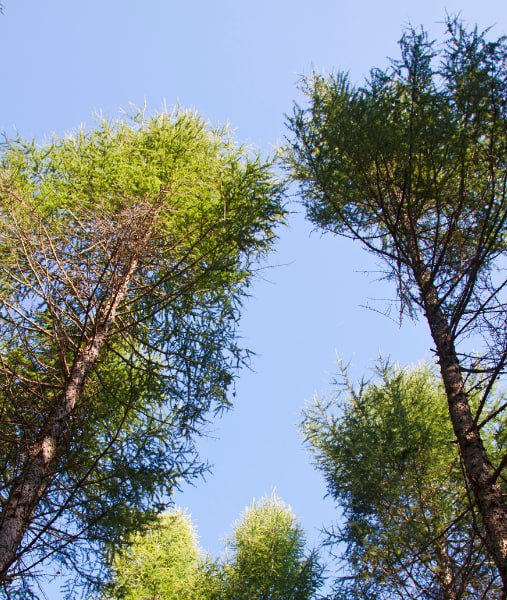
Introduction: Hedges are not just garden boundaries; they’re living works of art that can enhance the beauty and privacy of any landscape. However, they can quickly become unruly and time-consuming to maintain without proper care. At Gillingham Tree Surgeons, we understand the importance of creating low-maintenance hedges that look stunning year-round. This guide will share expert tips to help you achieve that.
Choose the Right Plants:
- One of the most crucial steps in creating low-maintenance hedges is selecting the right plants for the job. Opt for species known for their durability, disease resistance, and slow growth. Examples include boxwood, yew, holly, and privet. These plants require minimal pruning and can withstand various weather conditions.
Plan for the Future:
- Before planting your hedge, take the time to plan its layout and size carefully. Consider factors such as the desired height and width and the space available for growth. By planning, you can avoid frequent trimming and ensure that your hedge remains manageable.
Regular Pruning:
- Regular pruning is essential for keeping hedges neat, but it’s important to do it correctly to avoid damaging the plants. Aim to trim your hedge at least once a year, preferably in late winter or early spring before the growing season begins. Use sharp, clean tools, and always cut at a slight angle to encourage healthy growth.
Invest in Quality Tools:
- Having the right tools can make hedge-cutting much easier and more effective. Invest in high-quality hedge trimmers, shears, and pruning saws to ensure clean cuts and minimise plant damage. Additionally, consider using long-handled tools to reach tall hedges safely.
Mulch and Fertilise:
- To promote healthy growth and reduce maintenance requirements, mulch around the base of your hedge and fertilise regularly. Mulch helps retain moisture in the soil and suppresses weed growth, while fertiliser provides essential nutrients for strong, vigorous plants. Be sure to follow the recommended application rates and timings for best results.
Monitor for Pests and Diseases:
- Pests and diseases can wreak havoc on hedges if left unchecked, so monitoring your plants regularly for any signs of trouble is essential. Look for common issues such as aphids, scale insects, and fungal infections, and promptly address them before they spread.
Conclusion: Creating low-maintenance hedges is achievable with the right approach and care. You can enjoy beautiful, hassle-free hedges year-round by selecting the right plants, planting, pruning, investing in quality tools, mulching, fertilising, and monitoring pests and diseases.
Call us on: 01634 564698
Click here to find out more about Gillingham Tree Surgeons
Click here to complete our contact form and see how we can help with your tree’s needs.